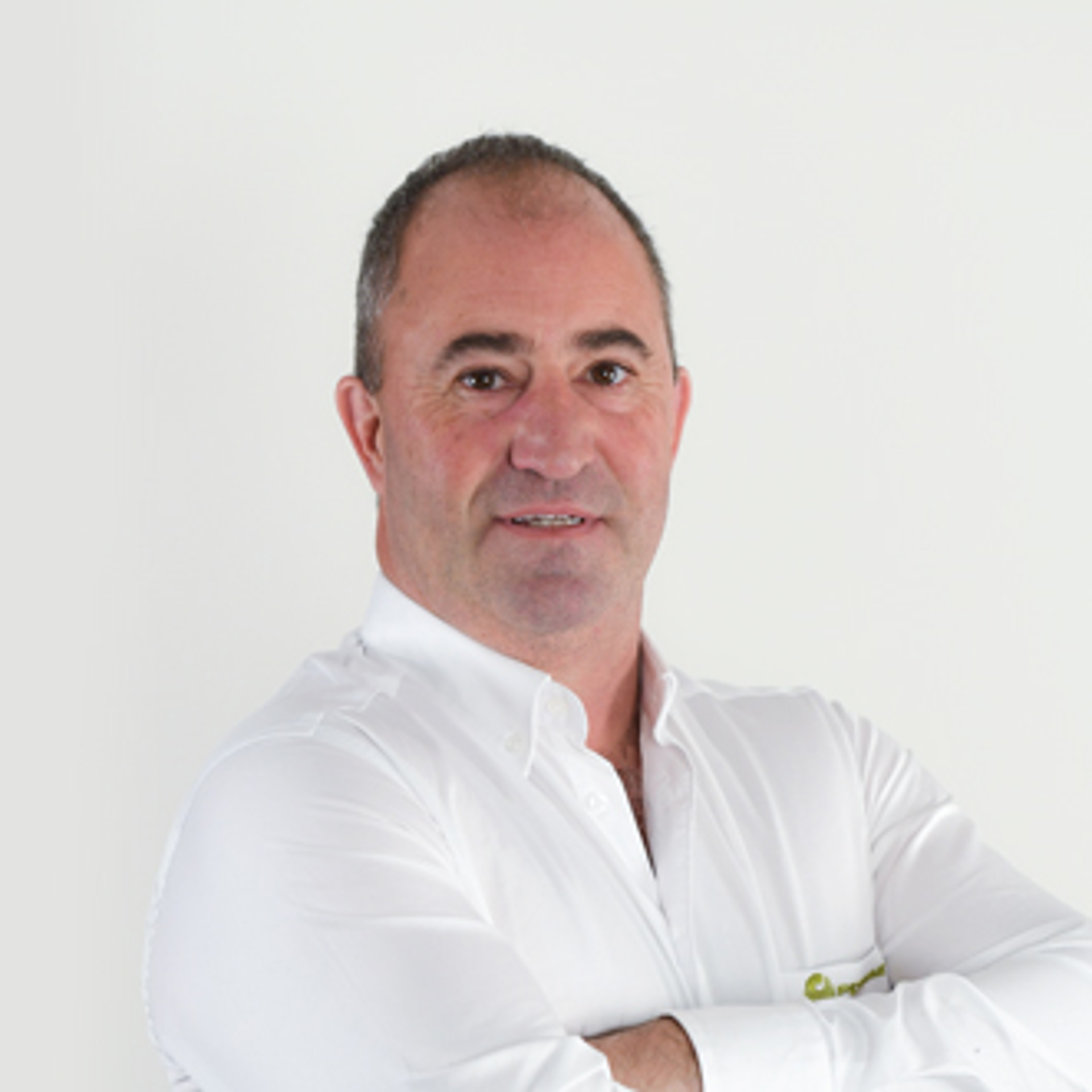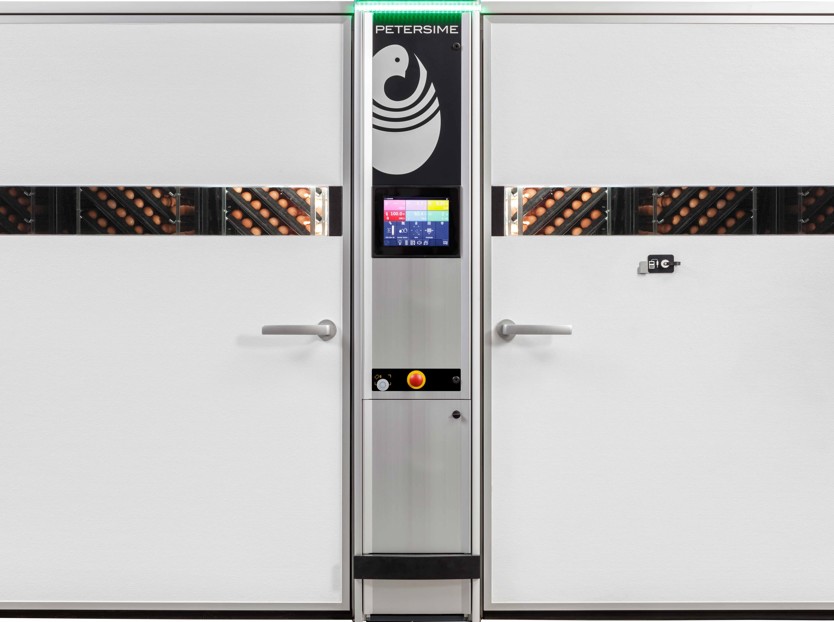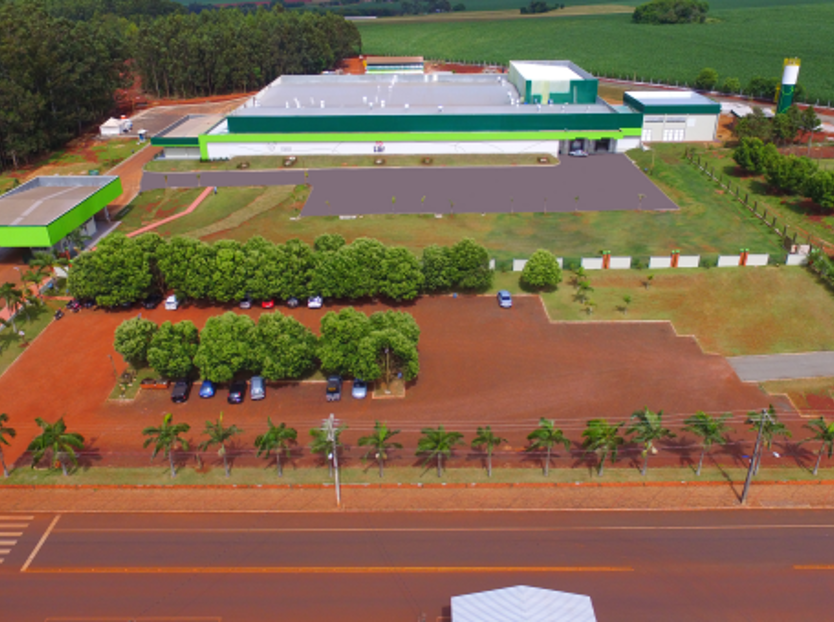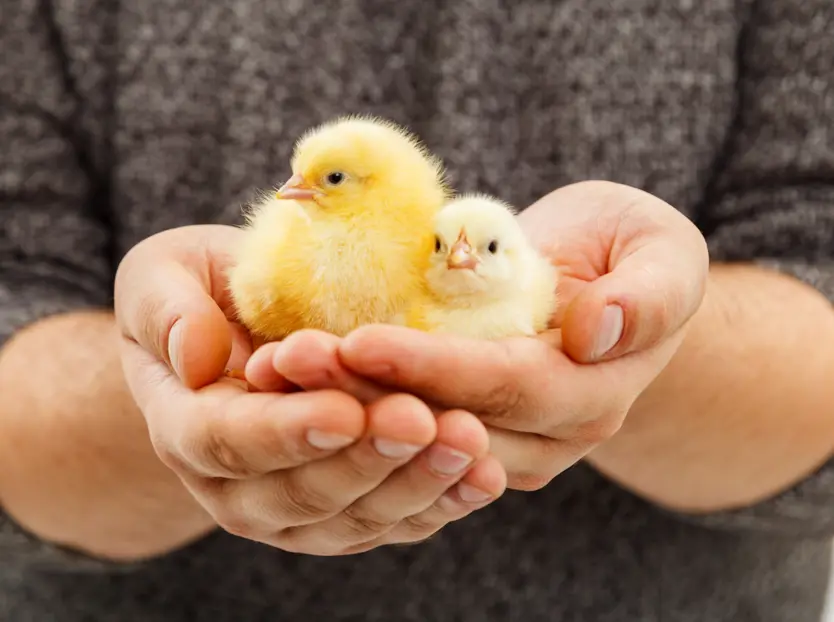As more and more people around the world do their best to decrease their level of waste, shouldn’t hatcheries also be reducing, reusing and recycling more, if not all, of their waste, too? The answer to that question may seem obvious to an outsider, yet insiders know that sustainable disposal of hatchery waste is not an easy challenge to tackle. In this article, we explain why that is the case, and review possible solutions.
Inevitable by-product of hatcheries
The global increase in poultry production makes it vital that we, as an industry, find sustainable, hygienic and cost-effective ways of managing hatchery waste, an inevitable by-product of the hatching process. Even though additional costs may be involved, hatchery waste will always remain an environmental liability that must be accounted for and solved by hatcheries.
It is an aspect of the business that every hatchery must face up to, and although not easy, it makes good economic and environmental sense to step up and find a good solution for waste. More than ever, the hatchery sector must be considerate of the impact its waste management has on public perception.
It is possible
Hatchery waste tends to represent a few tonnes of solid residues and a few hundred thousand litres of water per week, depending on the size of the hatchery and the technologies applied. As far as a hatchery’s location is concerned (i.e. a rural versus an industrial site, and where they are geographically situated in the world), government and health regulations will differ as to what hatcheries can do with their waste.
Ideas for reusing and recycling it into, for example, fertilizers, animal feed, and other useful by-products, can prove difficult to implement without breaking the rules that apply. And because the waste always and inevitably consists of various substances including eggshell debris and fluff, infertile eggs, dead embryos, culled chicks, egg fluids and wastewater, it is a delicate topic. However, there are options available which can be successful if properly implemented and maintained, even creating the possibility to aggregate value to the residues and generate revenue for the hatchery.

Ways to improve hatchery waste management
With disposal costs rising, environmental regulations changing and consumer awareness growing, hatcheries are going to need to find sustainable alternatives to their current waste management. What can be done?
Reduce
A first way towards more effective hatchery waste management is reducing the amount of waste produced. One of the keys to achieving this is raising hatching levels, for even though doing so will lead to potentially more eggshells, eggshells are much easier to recycle than unhatched eggs. This might include optimized breeder farm and hatchery management procedures, and equipment that creates optimal incubation conditions. Even a re-design of the hatchery layout, from the moment a hatchery receives the eggs to the transport of the hatched chicks, can prove useful to increase efficiency and biosecurity.
Reuse
A second option is turning hatchery waste into a more valuable by-product, such as fuel for furnaces that drive turbine generators or anaerobic digestion to produce methane and fertilizers. Eggshells and their membranes hold distinct potential as a nutrient and protein-rich resource in various markets. The eggshell membrane contains 10% collagen, which has a high market value in medicine (from skin grafts to dental work, plastic surgery and osteoporosis treatment) as well as in food processing, biodegradable plastics, and environmental clean-up. Eggshells can also be ground into a powder and be of good use to the calcium supplement industry.
Recycle
For hatcheries that have enough space around them, they can funnel the wastewater they produce —from cleaning and washing down the setters, hatchers and different hatchery rooms — into ponds, and then clean it, using natural resources and making it suitable for e.g. irrigation purposes. The proper treatment of hatchery wastewater must be indicated by a specialist who will first measure the percentages of organic material and toxic levels of the effluents and then indicate the correct physical, chemical and biological treatments according to each case.
Environmental and economic benefits
The natural resources of the world are under pressure. The poultry industry must do its part to become more sustainable when it comes to hatchery waste management. Feasible options are available, and the benefits are tangible — environmental, economic and reputation-wise (public perception).
A good start is to increase the efficiency in the hatchery by optimizing hatchability (improved procedures, better incubation programs, etc.) and to reduce the use of resources (mainly energy and water) and as such help to reduce the level of waste. Petersime has the expertise and solutions to help you increase hatchability. Please don’t hesitate to contact us for more information.




